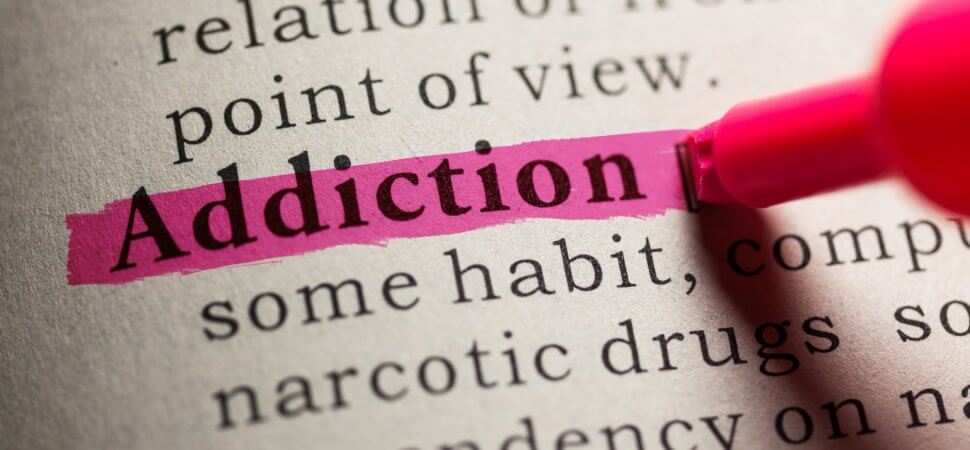Normal behavior can easily turn to addiction with some people. Here are the danger signs.
Not everyone who has addictive tendencies is an addict. And yet people wonder about this all the time. Everyone has idiosyncrasies, small neuroses or vices that make them human. The difficulty is knowing when one of those little things needs your attention. Given the right set of circumstances, anyone can become an addict.
It’s human nature to want to soothe both physical and emotional pain. Sometimes this is done through the legitimate use of medication, hobbies, therapy, exercise, or other healthy activities. But sometimes, these substances and behaviors can escalate to unhealthy levels, or morph into using damaging substances and behaviors.
Addiction can come in many forms. They can include, but are not limited to:
- Smoking
- Gambling
- Sex Addiction
- Love Addiction
- Over-Spending
- Being a Workaholic
- Excessive Video Gaming
- Compulsive Porn Viewing
- Obsessive Social Media Surfing
- Overuse of Prescription Medication
- Indulging in Too Much Food, Alcohol, etc
- Collecting Massive Amounts of Unnecessary Items
In moderation, much of this does not typically pose any serious problem. However, non-threatening behavior becomes problematic when a person relies on impulse at the expense of acknowledging and experiencing feelings – especially painful ones. For some, it can very easy to become addicted to avoiding normal and healthy, albeit uncomfortable, feelings.
YPO member Rachel Graham is always on the watch for addictive circumstances and personalities. Graham is the co-founder and president of Healing Spring Ranch, a residential treatment facility for substance use disorders. She has seen firsthand how small changes can develop into a debilitating addiction, and how that addiction can destroy lives, families, and businesses. After witnessing a close family member’s struggle with addiction, Rachel and a team of experts designed the Integrated Addiction Model, which offers each patient a customized treatment plan to help identify and resolve the feelings – and the resulting core issues – associated with painful experiences. Graham’s model bridges the worlds of mental health, trauma, and addiction, and addresses the lifestyle changes needed for overall health, wellbeing, and fulfillment.
To stay vigilant against tendencies that could turn into addictions, here are risk factors Graham recommends everyone monitor:
1. You often use a form of “medication/behavior” to soothe discomfort, despite the negative and adverse consequences.
2. You lie or tell half-truths about your “medication/behavior.”
3. You excuse these compulsive “medications” them as healthy or necessary.
4. You feel guilty after indulging in your “medication/behavior.”
5. You have tried to quit this “medication/behavior” on your own but to no avail.
6. You feel like you lose executive control of yourself while partaking in the “medication/behavior.”
7. Your “medication/behavior” is preventing you from having healthy relationships and doing the things you enjoy doing.
8. You spend an inordinate amount of time and money to obtain, use, or recover from the effects of your “medication/substance”
9. The “medication/behavior” has increased in amount, frequency, and time to obtain the same soothing satisfaction.
10. Your “medication/behavior” is creating a financial or emotional hardship on you or your family.
11. Recurrent use of your “medication/behavior” puts you in risky or dangerous situations.
12. You continue your “medication/behavior” to avoid withdrawal symptoms.
These criteria are loosely based on the DSM-5 (Diagnostic Statistical Manual of Mental Disorders, used for a substance abuse diagnosis). With 2-3 of these, you may have some compulsive/addictive tendencies. With 6 or more, you may have a severe issue, and you should seek therapeutic assistance on the best treatment protocol.
Note: If you or someone you know needs help, please contact Healing Spring Ranch, or contact the Substance Abuse and Mental Health Services Administration. SAMHSA’s National Helpline is a free, confidential, 24/7/365 treatment referral and information service, in English and Spanish, for individuals and families facing mental and/or substance use disorders.

